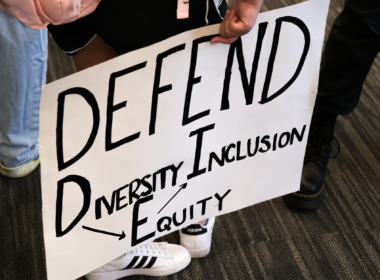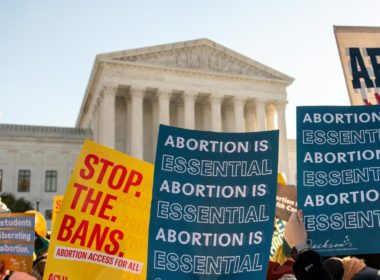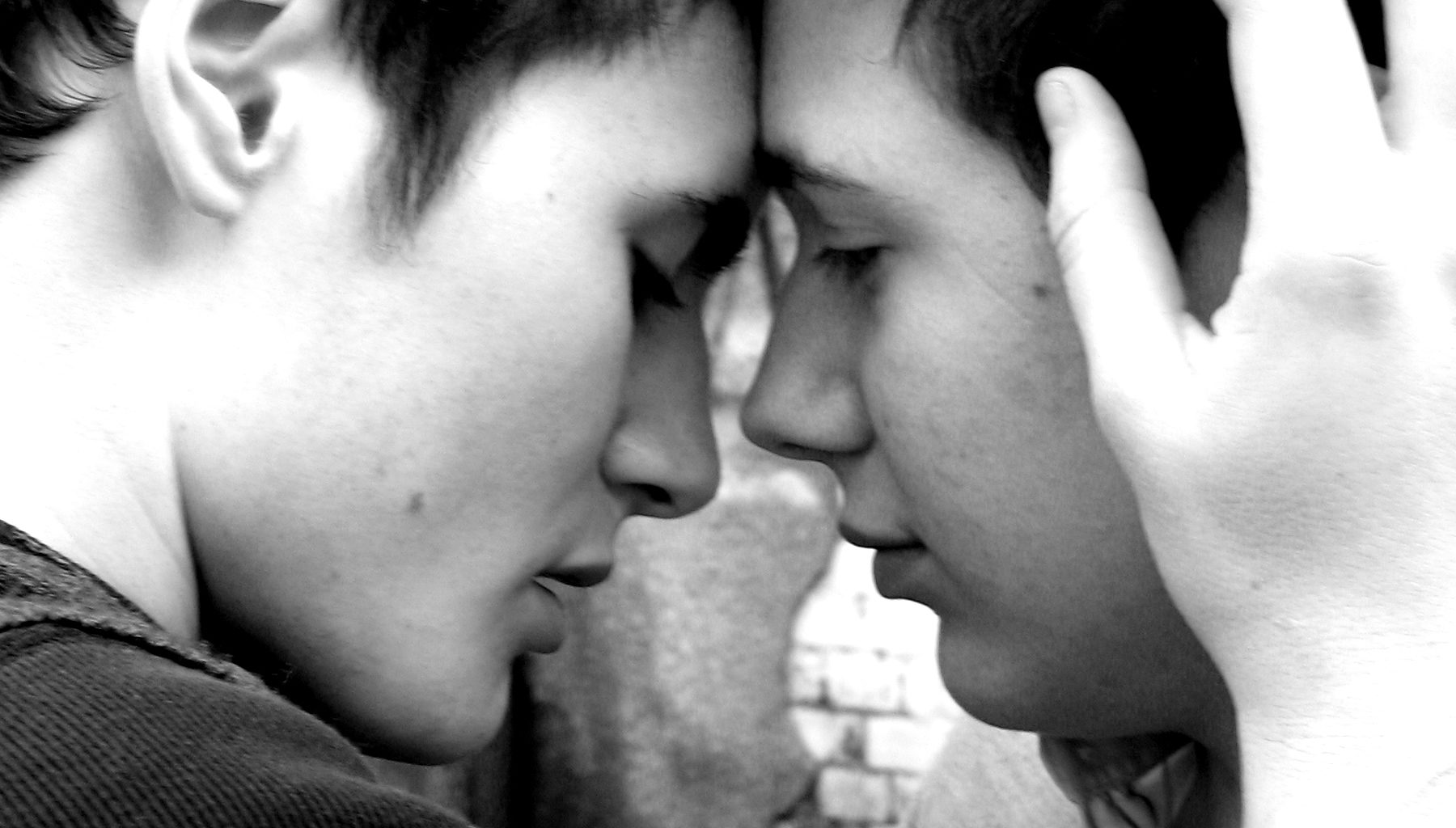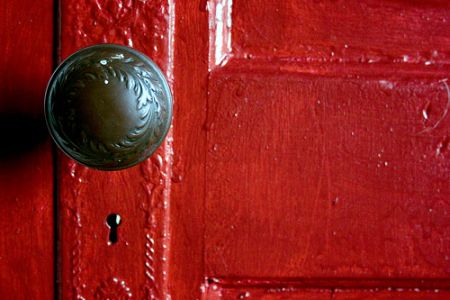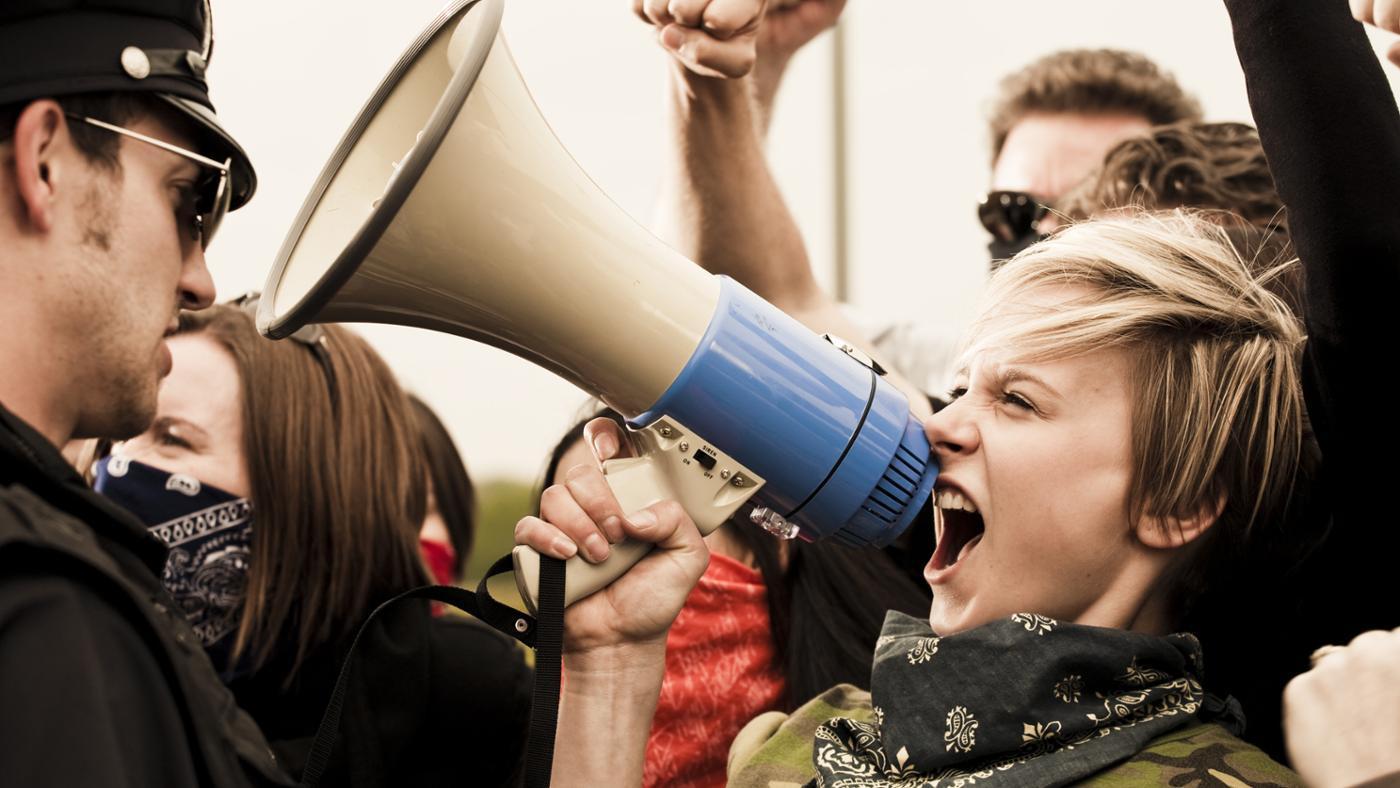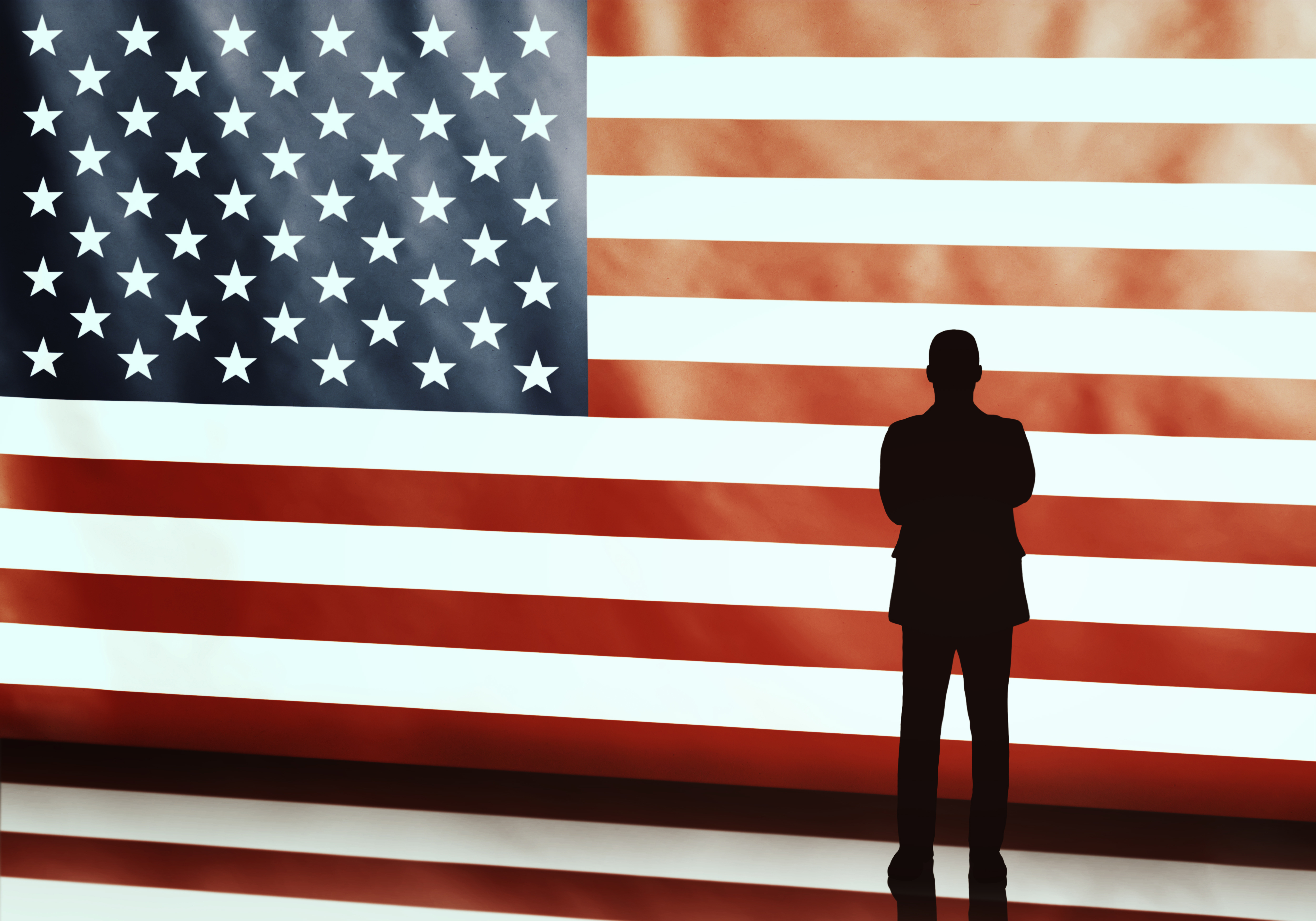The current focus on ending bullying is a step in the right direction to end the LGBT suicide epidemic. But sometimes the patience of a young person can’t withstand daily torture, sometimes the pain doesn’t end with graduation, and sometimes the ones who are supposed to be supportive are the ones who cause the most pain. Bullying isn’t just inflicted by peers. It can also be imposed by family. As adults, different forms come from co-workers, employers, strangers, and our government. Then it’s called discrimination. The connection between bullying, discrimination, family rejection, and suicide should be broadcast as a risk to all ages, with sources for everyone who needs help.
There are many organizations rising up to support LGBT youth. Many of these can be accessed online, and some well-known web sites are as follows: www.thetrevorproject.org, www.itgetsbetter.org , www.hrc.org and stopbullying.gov. But sometimes it’s not enough if someone is young and alone and the only place to go for help is the internet. Small-town America is hit hardest with a lack of actual face-to-face support. Some schools have LGBT youth groups, but many still won’t tolerate such a thing. Reaching out to young people who think their sexual orientation is a death sentence should be a top priority of the gay community today. According to the Gay Lesbian Straight Education Network (GLSEN), nearly 9 out of 10 LGBT students experience harassment in school. Students whose schools have a Gay-Straight Alliance or an anti-bullying policy reported a better environment than those who did not. Also, in a 1998 health survey conducted by Youth Pride, Inc., 58% of respondents reported that they had felt suicidal as teenagers.
And then what happens once these teenagers become adults? The American Foundation for Suicide Prevention (AFSP) released a study in January, 2011 that shows research evidence of significantly higher lifetime suicide rates among all ages of LGBT people. The rate of suicide in America has been on the rise since the year 2000. According to the Suicide Prevention Resource Center (SPRC), suicide is the 2nd leading cause of death in Americans between the ages of 25 and 34, and the 3rd leading cause of death among 15-25 year olds. In 2009, the number of suicides among all Americans was almost twice as many as the number of homicides. The SPRC also reports an estimated 25 suicide attempts for every 1 death.
Suicide in the LGBT community is not new, but it is being more widely reported now. Reports on suicides after college-age are not abundant, though, and should also be getting national attention. Three out of five gay and lesbian adults questioned between the ages of 24 and 29 said that they experienced bullying over their sexuality when they were kids. Three have also been harassed in some way after high school, including by co-workers or their own families. Three of them have attempted to take their own lives, and all know at least one LGBT person who has attempted or committed suicide*. Indiana resident Nathan Ball committed suicide in January, 2011 at the age 27. His string of attempts began in high school and spanned 11 years, including one that required hospitalization just 7 months before his final act. He came out to his family while in college, and they responded by kicking him out. At the time of his death he was living with his family again after at least 6 years away. He told those family members that he was straight while living with them. A few months later he was dead.
LGBT adults need to know they have support, too. Gay bars are the most well-known places to socialize and learn about local events, but they are not the only option. For those who grew up in the church but are not accepted there anymore, there are other churches who either have LGBT-only clergy and members, or who accept all sexual orientations. Pride events present opportunities for joining local groups, as well as national organizations. Publications, newspapers, and magazines such as Lesbian Connection keep people around the world in contact with each other. But for those who need professional help, sometimes they don’t know resources exist or where to find them. There are psychiatrists and therapists who specialize in LGBT people and relationships, and those may be the best places to turn for suffering adults.
The government protection for gay people depends on where the person lives, and who the local leaders are. Dharun Ravi learned that recording and broadcasting a college roommate’s sexual encounters soon before the roommate committed suicide would get him the same jail sentence as if he’d stolen a TV. Laws, hearts, and minds across the nation need a wake-up call.
The repeal of Don’t Ask, Don’t Tell is a good beginning. Standing up for other LGBT rights yet to be received such as marriage, adoption, bi-national couple protections, anti-bullying policies, and anti-workplace discrimination laws will help heal one of the highest suicide demographics in the world. There’s obviously still a lot of work to do.
(*Interview respondents are Leanne, 29; Thad, 28; Betsy, 27; Brittni, 25; and Kalie, 24.)
